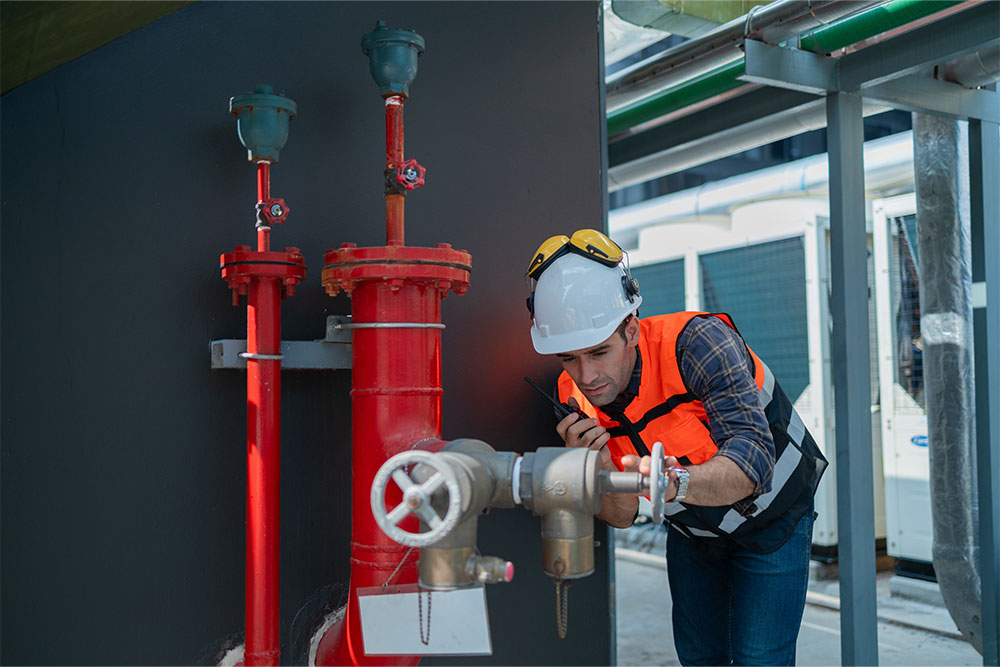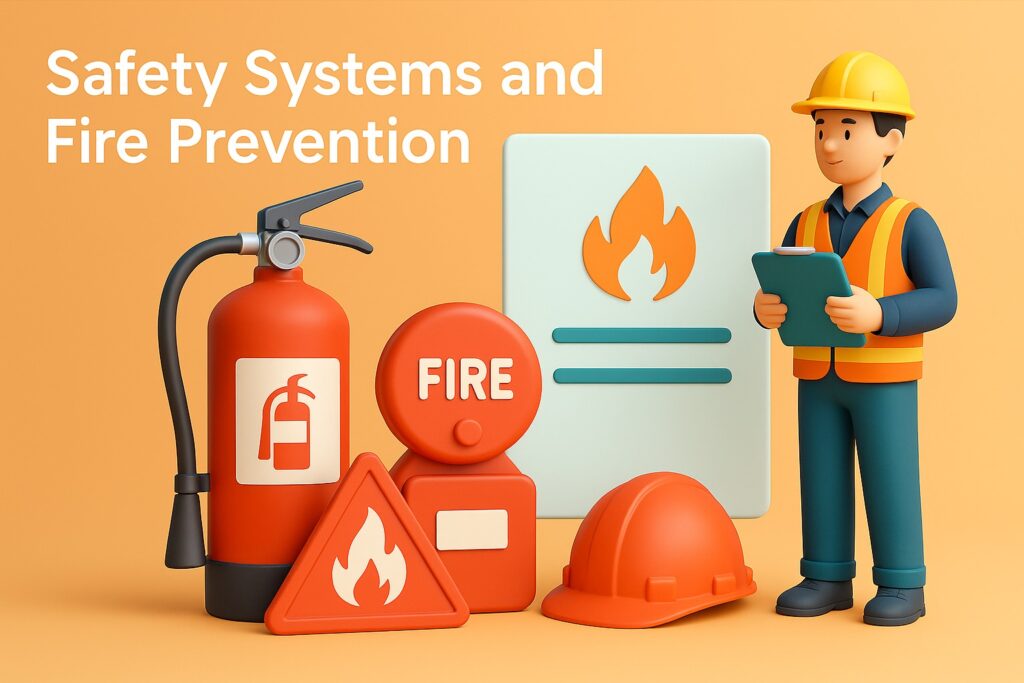In a world grappling with the dual challenges of climate change and rising costs, the need for sustainable and affordable fire engineering solutions has never been more pressing. As urban landscapes evolve and populations swell, the demand for effective fire safety measures intensifies, shedding light on innovative strategies that marry ecological responsibility with economic pragmatism.
From cutting-edge materials that minimize environmental impact to design philosophies that prioritize both efficiency and safety, the fire engineering industry is at a pivotal juncture. Here, we explore an array of forward-thinking approaches that not only protect lives and property but also contribute to a greener future—embracing a holistic view of safety that understands the intricate dance between responsibility and resilience.
As we dive into this critical discussion, consider the potential of these solutions to reshape our environments, promising a safer tomorrow without sacrificing the integrity of our planet.
Principles of Sustainable Fire Engineering

The principles of sustainable fire engineering intersect the realms of safety, environmental stewardship, and economic efficiency, forging innovative pathways to protect lives and properties while minimizing ecological footprints.
By integrating advanced materials that enhance fire resistance and embracing cutting-edge technologies, engineers can develop solutions that are not only effective but also environmentally conscious.
Consider the use of bio-based fire retardants, which reduce harmful emissions, or smart fire detection systems that optimize response times and resource use. Moreover, incorporating sustainable design practices—think passive fire protection integrated into energy-efficient building designs—ensures that each structure not only withstands flames but also advances broader environmental goals. Ultimately, the challenge lies in marrying rigorous safety standards with inventive strategies that prioritize long-term well-being for both communities and the planet.
Affordable Fire Safety Technologies

In the realm of fire safety, a new wave of affordable technologies is transforming the landscape, making advanced protection accessible to all. From smart smoke detectors that send alerts to your smartphone, enabling real-time monitoring even when you’re away, to innovative fire suppression systems that utilize environmentally friendly agents, the options are as diverse as they are effective.
These solutions are not only budget-friendly but also designed with sustainability in mind, reducing environmental impact while enhancing safety. Imagine a community where every home, regardless of income level, is equipped with the latest in fire safety tech—this is not just a dream but an emerging reality.
With a commitment to affordability, companies are continually innovating, ensuring that everyone can benefit from cutting-edge fire safety without breaking the bank. The future of fire safety lies in these accessible technologies, which empower individuals and communities to take charge of their safety in a world where prevention is paramount.
Green Building Materials in Fire Engineering

Green building materials are revolutionizing fire engineering, blending sustainability with safety in remarkable ways. Imagine incorporating bamboo, a fast-growing, renewable resource, into structural elements that not only reduce carbon footprints but also provide natural fire resistance.
Likewise, recycled steel offers exceptional strength while diverting waste from landfills, creating a durable shell for buildings. Consider also the innovative use of lightweight, fire-retardant composite materials – they minimize overall weight without compromising on safety.
These materials do more than comply with codes; they inspire a new ethos of design where beauty meets practicality. As architects and engineers push boundaries, the synergy between eco-friendliness and fire safety engenders spaces that are not only resilient but also environmentally conscious.
Embracing these materials signifies a forward-thinking approach to construction, paving the way for a future where sustainability and safety coexist seamlessly.
Conclusion
In conclusion, sustainable and affordable fire engineering solutions represent a crucial step forward in enhancing building safety while minimizing environmental impact. By integrating innovative materials, efficient designs, and advanced technologies, we can develop systems that not only meet stringent safety regulations but also promote energy efficiency and resource conservation.
Implementing performance-based solutions allows engineers to tailor fire safety measures to specific building needs, improving overall efficacy and user experience. For more details on performance solutions, exploring advanced design frameworks and case studies can provide deeper insights into practical applications. As we continue to prioritize sustainability in the built environment, embracing these forward-thinking fire engineering practices will not only protect lives but also contribute to a greener future for our communities.
 Howl Movie
Howl Movie




